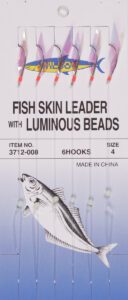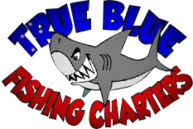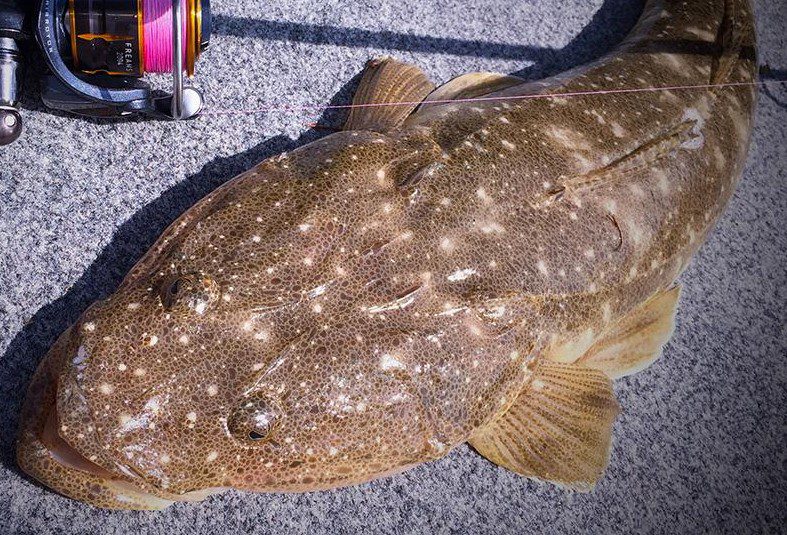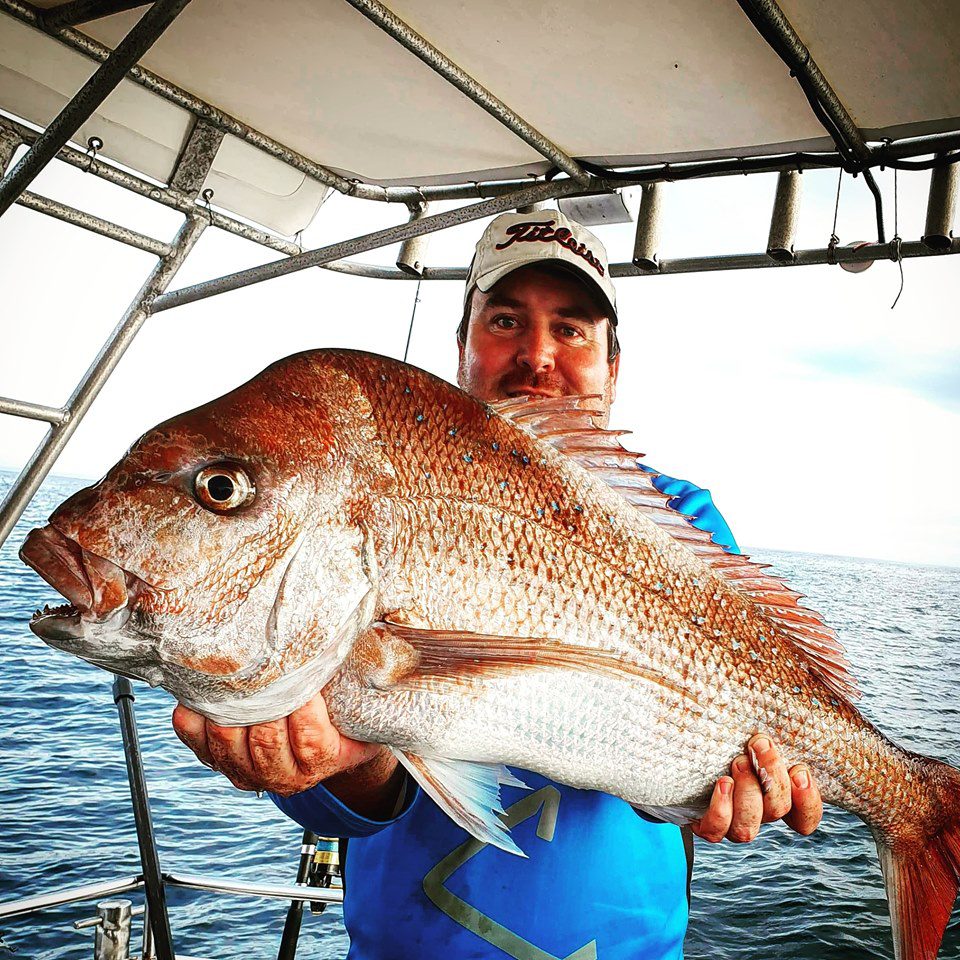Unlocking Success with Bait Jigs: A Guide to Effective Bait Fishing
In the dynamic world of fishing, anglers are always seeking innovative methods to entice their target species. Enter bait jigs – versatile and efficient tools that have revolutionized bait fishing. Whether you’re chasing saltwater predators or freshwater favorites, understanding the ins and outs of bait jigs can significantly enhance your fishing game. Let’s dive into the world of bait jigs and discover how they can help you reel in success.The Bait Jig Unveiled:
Bait jigs are specialized lures designed to mimic the appearance and movement of small baitfish, crustaceans, or other natural prey. These compact and intricately crafted lures come in a variety of shapes, sizes, and colors, catering to a wide range of fish preferences. Bait jigs are particularly effective when targeting species like Yellowtail (yakkas), Slimey mackerel, and Herring.


Bait Jig Components:
Head: The head of the bait jig plays a crucial role in its action. It can have a weighted design that helps the jig sink, imitating the movement of injured prey.
Body: The body of the bait jig is often adorned with lifelike patterns and colors that mimic real baitfish or crustaceans. This visual allure triggers the predator’s instinct to strike.
Hooks: Quality hooks are vital for securing your catch. Bait jigs usually feature sharp and durable hooks positioned strategically to increase hook-up rates.
Tail: The tail of the bait jig adds movement and realism. Some tails are designed to flutter enticingly in the water, while others may incorporate materials that create vibrations.
Attractants: Not many bait jigs come pre-scented with fish attractants that enhance their effectiveness. Adding scent or a small piece of bait can be effective.
Techniques for Using Bait Jigs:
Jigging: The most common technique involves repeatedly raising and lowering the bait jig while retrieving the line. This mimics the erratic movements of injured prey, attracting predators’ attention.
Cast and Retrieve: Cast the bait jig near structures or known fish-holding areas, then retrieve it with a steady, twitching motion. Vary the retrieve speed to mimic different swimming patterns.
Bottom Bouncing: Let the bait jig sink to the bottom, then gently bounce it along the seabed or structure. This imitates a scavenging prey item, drawing the attention of hungry predators.
Vertical Jigging: Drop the bait jig vertically beneath the boat or near underwater structures. Use short, sharp jerks to create an enticing darting motion that attracts fish.


Selecting the Right Bait Jig:
Choosing the right bait jig involves considering the target species, water conditions, and the natural prey present in the area. Different sizes and colors can yield varying results, so experimenting with different options is key.
Conservation and Ethical Fishing:
As with all fishing practices, it’s essential to prioritize ethical fishing practices and conservation efforts. Follow size and bag limits, release undersized or unwanted catches, and handle fish with care to ensure their survival after release.
In Conclusion:
Bait jigs are a game-changer in the world of bait fishing, offering anglers a versatile and effective tool to attract and hook a wide range of fish species. By understanding the components, techniques, and considerations involved in using bait jigs, you can embark on fishing adventures armed with a powerful weapon to reel in success. Whether you’re a seasoned angler or just starting out, bait jigs open up a world of possibilities for an exciting and rewarding fishing experience.






